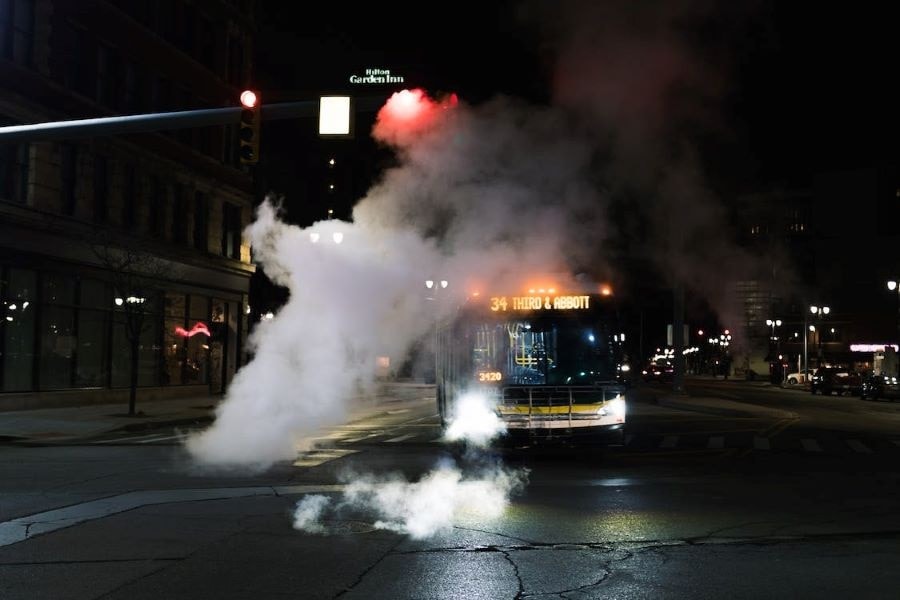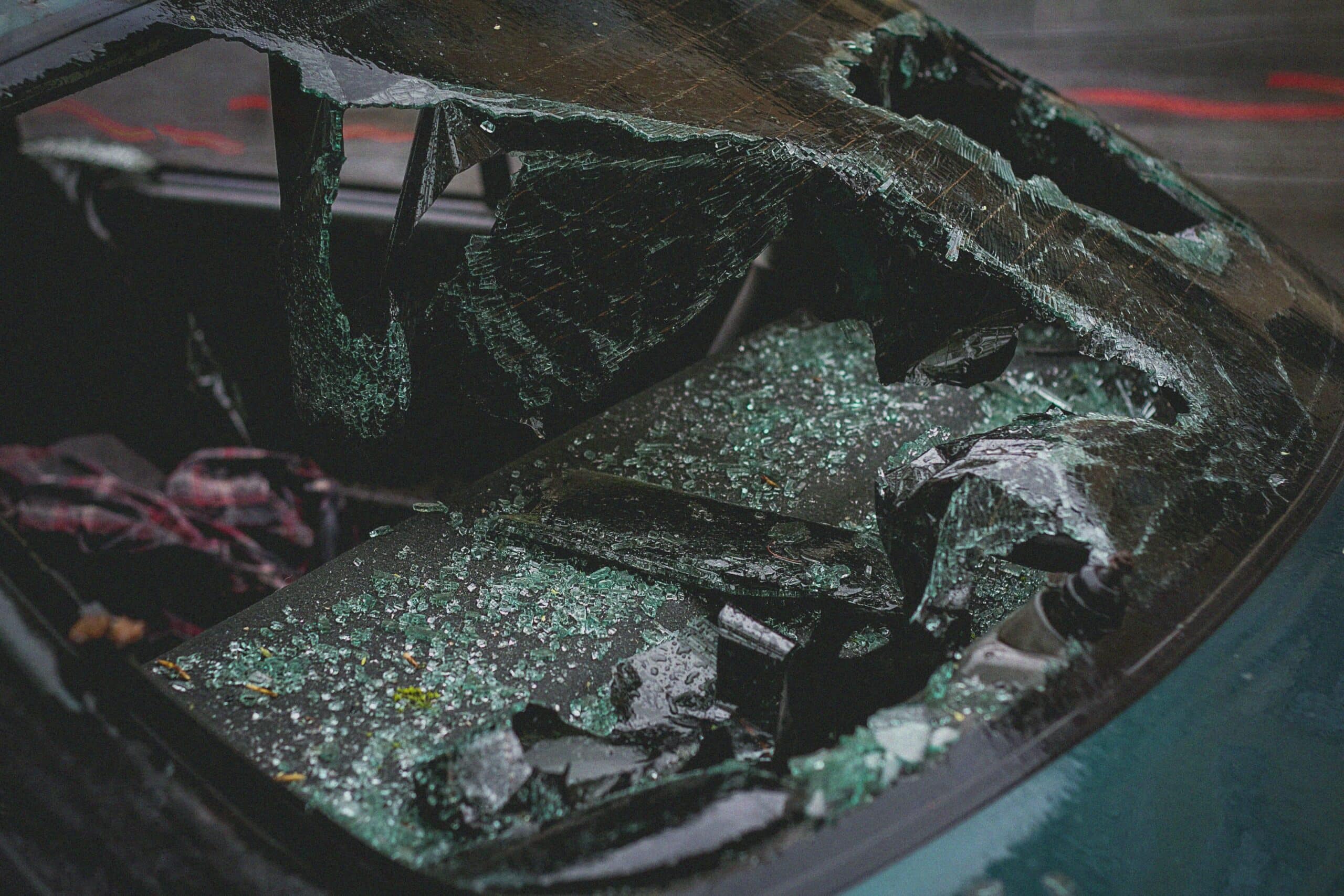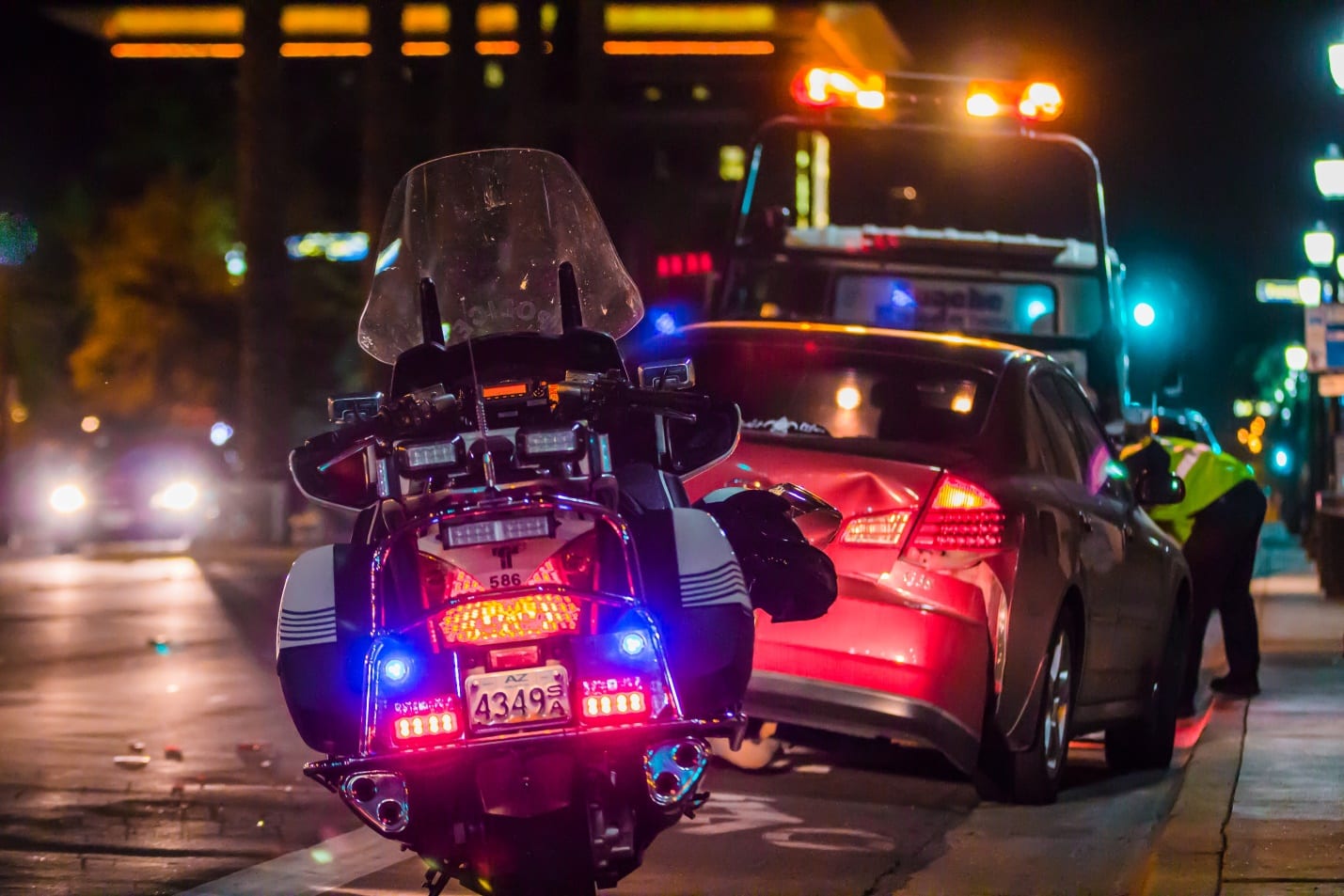
Nevada’s bustling urban landscape, particularly in Las Vegas, is marked by the constant movement of buses navigating the city streets. While public transportation is essential for many residents and visitors, it also comes with its share of risks. Though not as common as other traffic incidents, bus accidents can result in severe injuries and legal complexities.
What to Do After a Public Transportation Accident in Las Vegas
If you find yourself involved in a bus accident in Las Vegas, it’s crucial to prioritize safety and take steps to protect your legal rights. Here’s a step-by-step guide on what to do immediately after a public transportation accident:
Seek Medical Attention: Even if injuries seem minor, seeking medical attention promptly is advisable. Some injuries may not manifest immediately but could have long-term consequences.
Contact Law Enforcement: Report the accident to the police, providing accurate details about the incident. This documentation will be valuable when filing a claim.
Obtain Witness Statements: If there are witnesses, ask for their contact information and a brief statement about what they observed.
Document the Scene: Take photos of the accident scene, including vehicle damage, road conditions, and any traffic signals or signs.
Exchange Information: Exchange contact and insurance information with the bus driver and any other parties involved.
Notify the Transit Authority: If the accident involves a city bus or other public transportation, inform the relevant transit authority about the incident.
Consult with an Attorney: Seek legal advice as soon as possible to understand your rights and the potential steps to take for compensation.
What You Should Know About Las Vegas Bus Accidents
Common Causes of Bus Accidents
Understanding the causes of bus accidents is essential for prevention and legal proceedings. In Las Vegas, several factors contribute to bus accidents:
Driver Error: Bus drivers, like any other motorists, can make errors such as distracted driving, speeding, or failing to yield, leading to accidents.
Poor Weather Conditions: Nevada’s weather, particularly during certain seasons, can pose challenges for drivers. Rain, wind, or other adverse conditions may contribute to accidents.
Faulty Maintenance: Neglected maintenance of buses can lead to mechanical failures, increasing the risk of accidents.
Impaired Driving: If a bus driver is under the influence of alcohol or drugs, it significantly impairs their ability to operate the vehicle safely.
Lack of Proper Training: Insufficient training for bus drivers can result in errors in judgment and handling of the vehicle.
Types of Injuries From Bus Accidents
Bus accidents can result in various injuries, varying from minor to severe. Common injuries include:
Head Injuries: Due to the lack of seat belts on buses, passengers are at risk of head injuries during sudden stops or collisions.
Spinal Cord Injuries: The force of impact in a bus accident can cause serious spinal injuries, leading to long-term consequences.
Broken Bones: Fractures and broken bones are common, especially if passengers are thrown or jolted during the accident.
Internal Injuries: The impact of a collision can cause internal injuries, which may not be immediately apparent but can be life-threatening.
Deep Cuts and Lacerations: Broken glass or other sharp objects can cause deep cuts and lacerations.
Internal Bleeding: Serious accidents can lead to internal bleeding, requiring immediate medical attention.
How Do Injuries Happen on Las Vegas Public Transportation?
Las Vegas public transportation, including buses operated by the Regional Transportation Commission (RTC), serves a diverse population. However, the design and nature of city buses present unique challenges that contribute to injuries:
Lack of Seat Belts: Most buses are not equipped with seat belts, exposing bus passengers to a higher risk of injury during an accident.
Hard Surfaces: The interior of buses often features hard surfaces that can result in more severe injuries during a collision.
Standing Passengers: In crowded buses, passengers may be forced to stand, increasing the risk of injury during sudden stops or accidents.
Glass Windows: Bus windows, if shattered during an accident, can cause serious injuries to passengers.
Other Passengers: Unsecured items or passengers who are not seated can become projectiles during an accident, posing a risk to others on board.
Seeking Compensation for Bus Accident Injuries
Types of Compensation
Compensation for bus accident injuries can cover various damages, addressing economic and non-economic losses. Understanding the types of compensation available can help victims assess the full impact of the accident:
Medical Expenses: This includes current and future medical bills, hospitalization costs, rehabilitation expenses, prescription medications, and other healthcare-related costs resulting from the accident.
Lost Wages: If the injuries prevent you from working, you may be entitled to compensation for your lost income during your recovery period. This can include wages, bonuses, and other employment-related benefits.
Pain and Suffering: Non-economic damages such as pain, emotional distress, and a diminished quality of life may be eligible for compensation. Quantifying these damages can be challenging, but they are vital to seeking a fair recovery.
Property Damage: Compensation for damage to personal property, such as your motor vehicle, is typically covered. Repair or replacement costs can be part of the claim.
Loss of Consortium: In cases where the injuries impact your relationship with your spouse or family members, you may be eligible for compensation for the loss of companionship and support.
Determining Liability for the Accident
Establishing liability is a critical step in seeking compensation for a bus accident. Liability may fall on various parties, including the bus driver, the bus company, other drivers involved, or even the entity responsible for road maintenance. Factors contributing to liability can include:
Driver Negligence: If the bus driver’s actions, such as speeding, distracted driving, or impaired driving, contributed to the accident, they may be held liable.
Bus Company Negligence: The bus company may be responsible if inadequate training, negligent hiring practices, or failure to maintain the bus properly led to the accident.
Other Driver’s Negligence: If another driver’s actions contributed to the accident, they may share liability.
Government Entity Responsibility: In bus accident cases, the government entity responsible for operating the bus service may be held liable.
How do you File a Claim Against the Government?
When a bus accident involves a government entity, such as a city bus operated by the RTC, filing a claim can be complex. Here are key steps to consider:
Notice Requirements: In Nevada, specific notice requirements exist when filing a claim against a government entity. Failure to adhere to these requirements can result in the dismissal of the claim.
Investigation: Thoroughly investigate the accident, collecting all relevant evidence and documentation. This includes police reports, witness statements, and medical records.
Consult Legal Representation: Seek the assistance of an attorney experienced in handling claims against government entities. They can guide you through the intricacies of the legal process.
File a Notice of Claim: Provide written notice to the government entity involved in the accident within the specified timeframe. This notice should include details of the accident, injuries sustained, and the damages sought.
Review of Claim: The government entity will review the claim and may accept, deny, or negotiate a settlement.
Lawsuit Filing: If a fair settlement cannot be reached, your attorney may file a personal injury lawsuit against the government entity.
Limits to Claims Made Against the Government
Sovereign immunity places limitations on claims made against the government. It is crucial to be aware of these limitations when pursuing legal action:
Statute of Limitations: There is a specific timeframe within which a claim against the government must be filed. Failing to meet this deadline can result in the dismissal of the claim.
Damage Caps: Some jurisdictions impose limits on the amount of compensation that can be awarded in cases against the government.
Immunity for Certain Actions: Government entities may be immune from liability for certain actions, depending on the circumstances of the accident.
Complex Legal Procedures: Filing a claim against the government involves navigating complex legal procedures. Having an experienced attorney is essential to ensure all requirements are met.
How Can an Attorney Help?
Engaging the services of a skilled and experienced attorney is crucial for bus accident victims seeking compensation. An attorney specializing in personal injury law can provide invaluable assistance throughout the legal process, offering support in various ways:
Legal Expertise: Providing a deep understanding of personal injury laws and regulations related to bus accidents in Nevada.
Investigation: Conducting a thorough investigation to gather evidence, assess liability, and build a strong case.
Negotiation Skills: Engaging with insurance companies and responsible parties to secure a fair settlement for medical expenses, lost wages, and other damages.
Navigating Complexities: Handling the unique complexities of cases involving government entities, including compliance with the statute of limitations and tort claims notice requirements.
Trial Representation: Representing victims in court if a fair settlement cannot be reached, presenting a compelling case to seek maximum compensation.
Advocacy: Serving as a dedicated advocate to ensure victims’ rights are protected and they receive just compensation for their injuries and losses.

Contact BLG for Legal Help
Experiencing a bus accident in Las Vegas can be a traumatic and life-altering event. Understanding the intricacies of filing a claim, especially when government entities are involved, is crucial for seeking rightful compensation. From the common causes of bus accidents to the unique challenges posed by public transportation, this guide aims to provide valuable insights for those seeking legal guidance after a public transportation accident in Nevada. Remember, consulting with an experienced attorney is the first step towards protecting your rights and navigating the complex legal landscape associated with bus accidents.
If you or a loved one has experienced the distress of a bus accident in Nevada, BLG is here to provide the legal support you need. Our experienced team specializes in personal injury cases involving bus accidents. We understand the complexities of seeking compensation, especially when dealing with government entities.
Contact BLG today for a free consultation.
FAQs
What was the most fatal bus accident?
Determining the “most fatal” bus accident can be challenging, depending on the criteria used (e.g., number of casualties, circumstances, etc.). One notable incident is the Yuba City bus disaster in California on May 21, 1976, where a school bus collided with a truck, resulting in 29 fatalities.
Where do most bus accidents occur?
Bus accidents can occur in various locations, but statistically, a significant number happen in urban areas with high traffic density. Intersections, bus stops, and areas with a high volume of pedestrians and vehicles are common locations for bus accidents.
What is an example of a transport accident?
An example of a transport accident is the Tenerife airport disaster in 1977. Although it involved airplanes rather than buses, it’s a notable incident. Two Boeing 747 planes collided on the runway, resulting in 583 fatalities. While this is an aviation accident, it underscores the importance of safety in transportation.
What was the worst school bus crash in the US?
One of the deadliest school bus accidents in the US occurred on May 14, 1988, in Carrollton, Kentucky. A church bus collided with a pickup truck, causing a fire that resulted in 27 fatalities, most of whom were children. This tragic incident led to increased focus on school bus safety measures.





